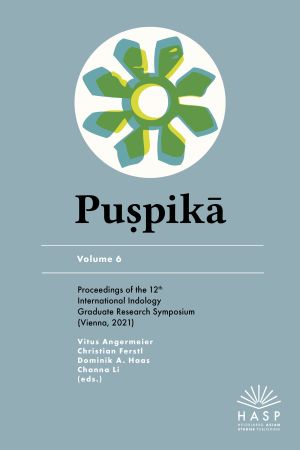Zitationsvorschlag
Lizenz (Kapitel)

Dieses Werk steht unter der Lizenz Creative Commons Namensnennung - Weitergabe unter gleichen Bedingungen 4.0 International.
Identifier (Buch)
Veröffentlicht
The Relationship between nāman, pada, and vyañjana in Sarvāstivāda and Yogācāra Literature
The Sarvāstivāda definitions of the three terms nāman, pada, and vyañjana are discussed in this paper. The characteristics of each term and the relationships between them are elaborated in the various Sarvāstivāda and Yogācāra texts. My examination of these texts demonstrates that the Sarvāstivādins had more than one definition for these terms owing to the multiple meanings of pada and vyañjana. The term pada could mean a portion of a verse or a word. The term vyañjana could be interpreted as one single syllable or a complete expression resulting from the collection of phrases. These possibilities led to multiple layers of interpretation in the relationships between nāman, pada, and vyañjana.
Keywords nāman, pada, vyañjana, Sarvāstivāda dharma









